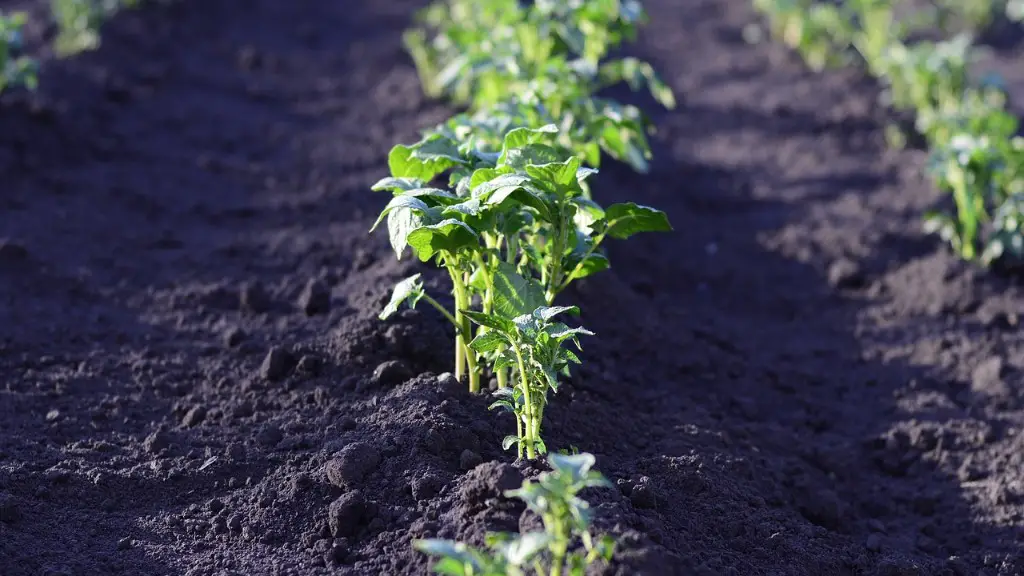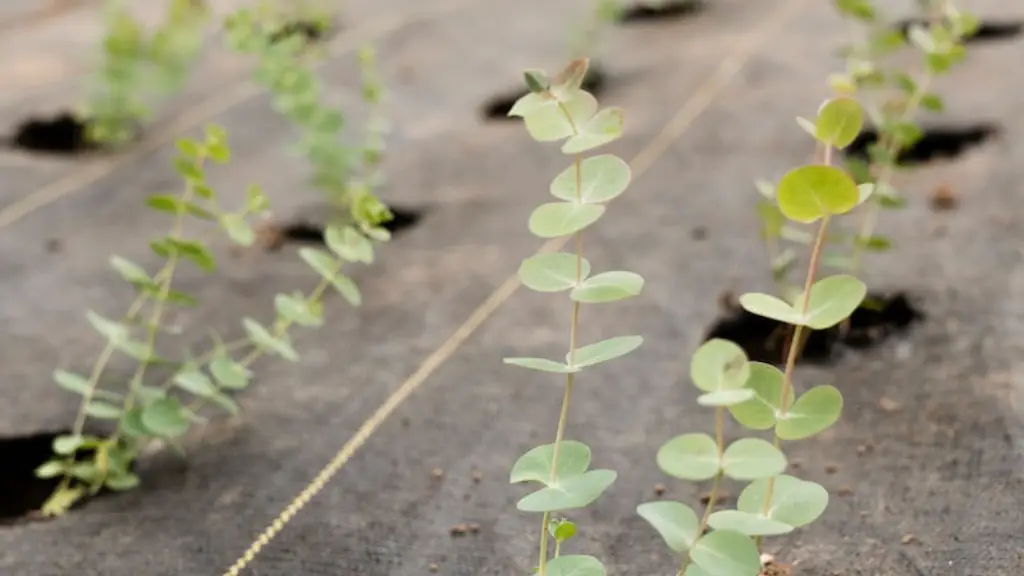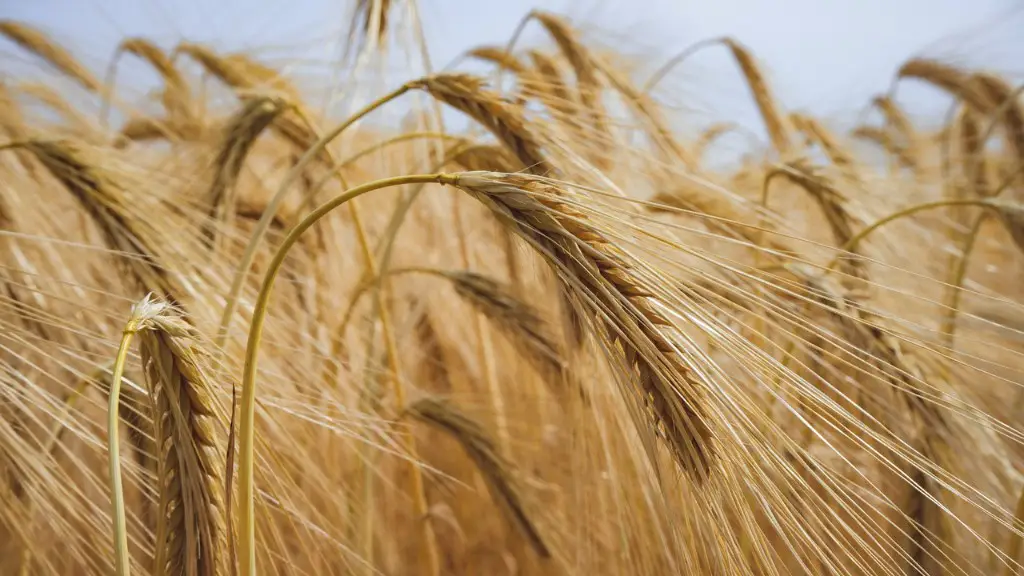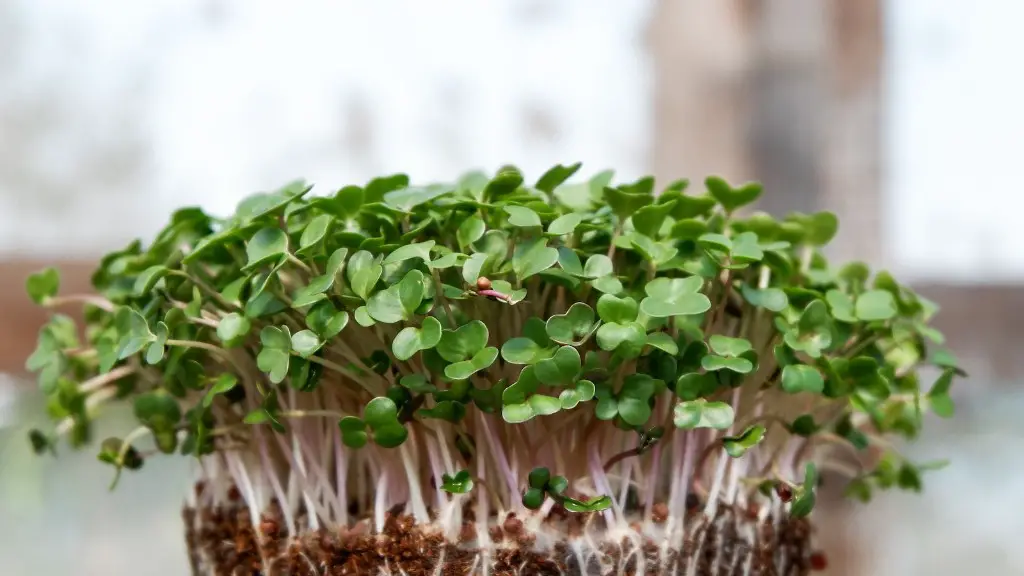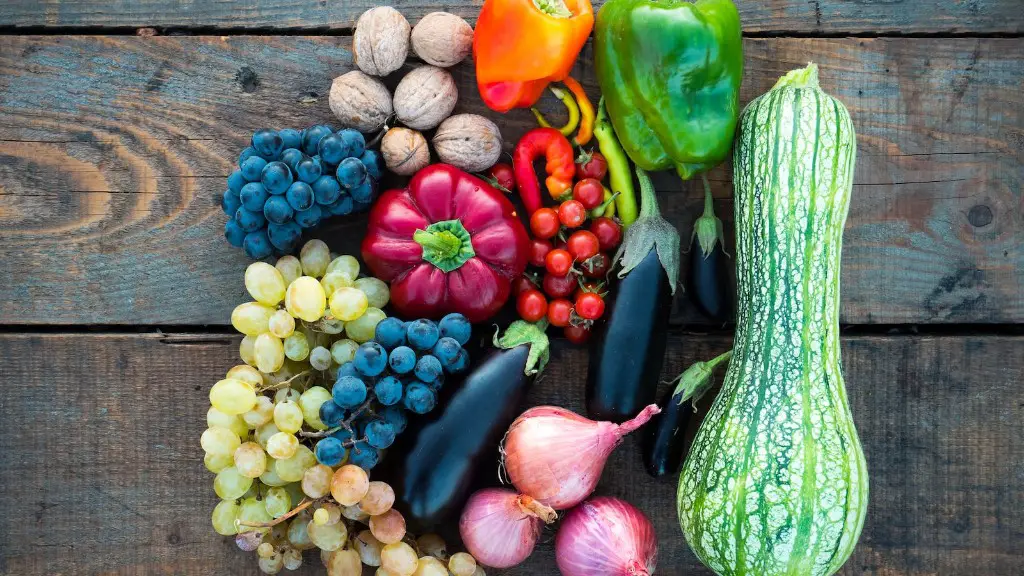Sprayers are an essential tool for any agriculturist, as they allow for precise application of fertilizers, pesticides, and other compounds which are essential for the welfare of crops and livestock. They are also used to quickly and efficiently apply irrigation water, keeping plants hydrated in large fields.
The size of sprayers can vary, ranging from small handheld units up to large tractor-pulled spray rigs. Smaller units are usually used to treat individual areas where a large rig would be too inefficient, while large rigs are utilized on entire fields. Sprayers also come in hydraulic and gravity-fed forms, with hydraulic being suitable for large-scale applications and gravity-fed for quick, single-time applications.
A common use of sprayers is for spraying fertilizer, which helps the soil absorb more nutrients from the fertilizer in order to promote healthy crop growth. The application of the fertilizer is dictated by the size of the sprayer being used, as well as the type of fertilizer being applied – coarse or fine particles need different sprayer sizes to ensure efficient dispersion.
Another popular application for sprayers is for spraying pesticides, which helps keep crops free from diseases and pests. Precision is key here, as it ensures that the insecticide is distributed where it is needed most, while avoiding spreading the chemical in areas where it could have negative effects on other living things in the field.
Sprayers are also used to apply herbicides, which are necessary for managing weeds in the crop fields so they do not compete with the crops for resources. Different herbicides are used depending on the weed in question, and the application should be tailored to the weed in question.
Finally, sprayers can also be used to apply water to crops in the form of irrigation. This is especially important in arid climates, where water needs to be consistently applied to maintain a healthy crop yield. In addition, modern-day sprayers can be outfitted with technology which allows them to apply the water exactly where it is needed the most, avoiding water wastage.
Fertilizer and Pesticides
Fertilizers and pesticides are two of the most important compounds when it comes to agricultural production. Fertilizers help provide the necessary nutrients needed for a crop to grow, while pesticides are used to protect the crop from disease and pests. With a sprayer, the agriculturist can tailor the application of the compounds to the individual crop, allowing for the best possible results.
Sprayers come in a variety of sizes which make them suitable for both large-scale and small-scale applications. For example, a large tractor-pulled spray rig can be used to spread fertilizer and pesticide on a large field, while a handheld sprayer may be adequate for smaller gardens or treated areas. Through the use of a sprayer, precision and efficiency in the application of the compounds is guaranteed.
In addition to the size of the sprayer, the nozzle type and pressure should also be considered. Nozzles vary in terms of size, shape and other features which can affect the spread of the compound. The pressure should be adapted to the needs of the crop, making sure that the spray does not drift away from the intended spot.
Finally, the accuracy of the application is also essential in order to ensure that the correct amount of the compound is applied. This can be achieved through the use of special sensors which monitor the application of the compound and provide feedback on the accuracy. This allows the agriculturist to know whether or not the application is sucessful or not.
Irrigation
Water is an essential resource for any living thing, and it is especially important in agricultural production. Through the use of a sprayer, water can be quickly and efficiently applied to crops, avoiding water wastage and ensuring the health of the crop. Irrigation is especially beneficial in arid climates, where water is scarce and needs to be applied regularly in order to maintain a healthy crop yield.
Sprayers come in a variety of sizes and forms, allowing the agriculturist to choose the most suitable one for their needs. Handheld sprayers can be used in smaller gardens and treated areas, while larger rigs can be used on large fields and scaled to the needs of the crop. In addition, modern-day sprayers can be outfitted with advanced technology, allowing for accurate and efficient application of the water.
The nozzles of the sprayer also play a crucial role in the efficiency of the irrigation process. Different nozzle types vary in terms of size, shape and other features, and the agriculturist should choose one which best suits their needs. Nozzles should also be properly adjusted in order to avoid water drift and assure that the water is applied where it is needed the most.
Finally, the pressure of the water also matters. Too low a pressure can lead to water being absorbed too quickly, while too high a pressure can cause runoff and water wastage. The sprayer should be set to a pressure which is suitable for the needs of the crop, and the agriculturist should monitor its performance over time to ensure the most efficient application.
Herbicides
Weeds in crop fields can compete with the crops for essential resources, leading to a decrease in yield. As such, herbicides are necessary in order to manage the weed population and protect the crop. With a sprayer, the agriculturist can apply the herbicides where they are needed the most, avoiding over-application and water wastage.
The size of the sprayer needed depends on the size of the field, as larger fields usually require large tractor-pulled spray rigs. Handheld sprayers are usually used in smaller gardens and treated spots, while drones might be used in large-scale scenarios. Furthermore, the type of herbicide dictates the type of nozzle and pressure needed in order to ensure efficient application.
In addition to size and pressure, the nozzle type should also be carefully considered. Different nozzle types vary in terms of size, shape and other features, and the agriculturist needs to choose the most suitable one for their needs. The nozzle should also be properly adjusted so that the herbicide is properly distributed, avoiding runoff and water wastage.
Accuracy is also an important factor in herbicide application. Special sensors can be used to monitor the application of the herbicides in order to determine its accuracy and provide feedback on the performance of the sprayer. Through this kind of monitoring, the agriculturist can rest assured that the right amount of herbicide will be applied in the right place.
Proper Maintenance
Sprayers are an essential tool in the agriculturist’s toolbox, and proper maintenance is necessary in order to assure their longevity and efficiency. This includes regular inspections of the flow rate, pressure and nozzles in order to detect any faults or damage before it can cause problems.
In addition, the agriculturist should take preventive measures such as cleaning the nozzles, checking for clogs and replacing worn parts when needed. This helps to prevent any accidental damage to the sprayer as well as improve its performance in the long run.
The agriculturist should also monitor their sprayer’s performance over time and pay attention to any changes. For example, if the application accuracy is decreasing, it could be a sign that the sprayer needs to be recalibrated or the nozzles need to be cleaned. Through regular monitoring and proactive maintenance, the agriculturist can rest assured that their sprayer will perform at its peak.
In addition to regular maintenance, it is also important to follow the manufacturer’s guidelines in terms of use, particularly when it comes to handling and storage. Some chemicals can damage the sprayer’s parts, and proper handling is necessary in order to avoid any unnecessary damage.
Conclusion
Sprayers are an essential tool for any agriculturist, providing for efficient and precise application of various compounds such as fertilizers, pesticides, herbicides and irrigation water. They come in a variety of sizes which make them suitable for small-scale and large-scale applications alike. Furthermore, regular maintenance and proper handling is necessary in order to ensure the longevity and the efficiency of the sprayer.
